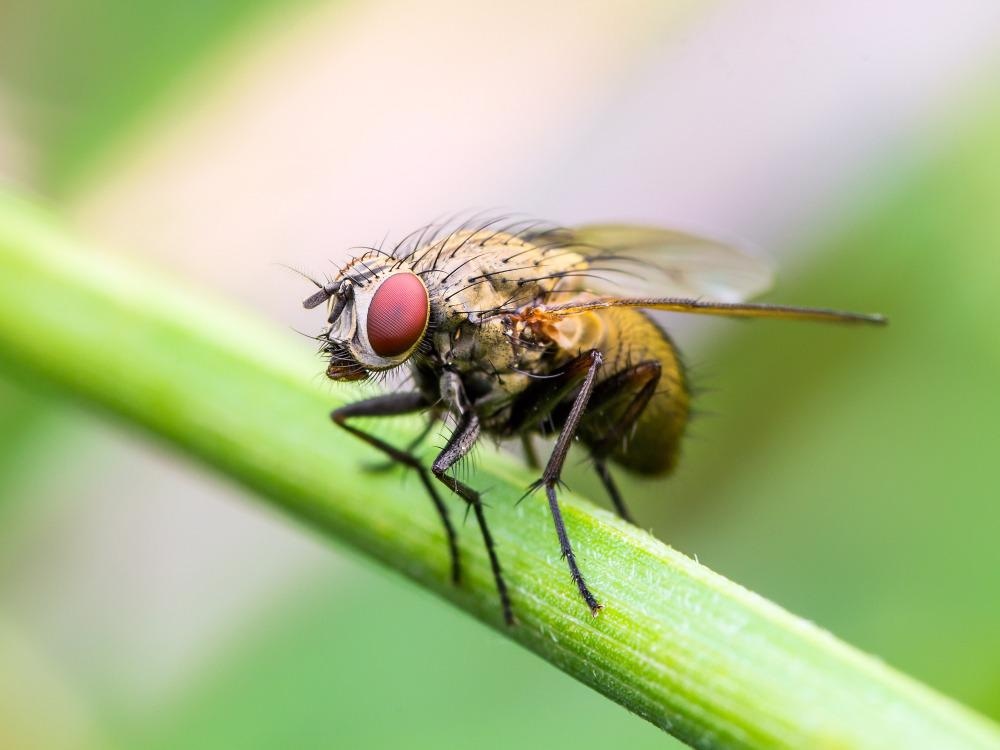Toxicological profiling, which provides information on a hazardous substance, has been used by researchers for mesoporous carbon nanospheres produced from waste onion peel, published in the journal Applied Sciences. This study was investigated using a genetic animal model, Drosophila melanogaster.

Study: Toxicological Profiling of Onion-Peel-Derived Mesoporous Carbon Nanospheres Using In Vivo Drosophila melanogaster Model. Image Credit: nechaevkon/Shutterstock.com
Why Is Toxicology Profiling Necessary for Carbon Nanospheres?
The unique property of carbon enables various carbonaceous structures to be formed with varying characteristics. This can be ascribed to the different ways it can bond, resulting in conventional carbon forms such as crystalline and amorphous carbons, respectively, as well as more novel allotropes such as carbon nanotubes and graphene.
The development in the nanotechnology field has led to increased research on the usage of carbon-based nanomaterials for applications from electrochemical sensors, drug delivery, tissue engineering to cancer therapeutics.
However, while the surface chemistry of carbon-based nanomaterials has led to research into surface modification and characterization, in vitro investigations have illustrated the cellular toxicity that is also associated with carbon use.
Research has found that the use of carbon materials can induce oxidative stress and stimulate the production of reactive oxygen species (ROS). A study consisting of multi-walled carbon nanotubes (MWCNTs) has demonstrated the induction of necrosis and as well as cell apoptosis.
These results can be very dangerous for patients and can lead to further damage and adverse effects and with carbon-based nanomaterials resulting in cytotoxicity, it is critical to perform toxicological profiling before continuing potential translatory research.
This research can provide insight into how to reduce cytotoxicity with previous research finding size to be a significant factor associated with cytotoxicity level, with smaller sizes being more toxic than larger sized carbon nanomaterials. An example can be seen with a study using various sized MWCNTs on macrophages which concluded CNTs with a size of 825 nm having stimulated stronger inflammation than those sized at 220 nm.
Innovative Toxicology Research
To ensure a wider span of application, the researchers of this innovative study have undertaken an investigation on health hazards associated with carbon-based nanomaterial use. They utilized the organism, Drosophila melanogaster as a model for this toxicology experiment to study the toxicity of mesoporous carbon nanospheres at various concentrations, including, (i) 10 µg/mL, (ii) 100 µg/mL and (iii) 1000 µg/mL.
Drosophila melanogaster was used as an experimentation model due to its similarity in biological and physiological properties shared with mammals. Additionally, this species also shares approximately 75% of gene sequence similarity of various diseases found in humans, illustrating its suitability for use within toxicological profiling experimentation.
The researchers utilized waste onion peels to generate mesoporous carbon nanospheres (CNSs) through pyrolysis, which then underwent carbonization at different temperatures. The CNSs, at three different concentrations, were then fed to the flies.
The flies were then evaluated using survival, behavioral, developmental, biochemical, and neurological assays.
This in vivo toxicology experiment revealed a lack of significant toxicity regarding the Drosophila; this may be due to the highly porous nature of mesoporous carbon nanomaterials, which can have reduced cytotoxicity at low concentrations.
Additionally, the functionalization of these nanomaterials can also be a factor, with previous research stating this as a variable for functionalized CNTs.
Future Research and Implications
The results of this toxicological profiling research may support the use of carbon nanospheres for biological applications and drug delivery within patients through a lack of toxicity being found.
This has provided insight into the effect of various concentrations on an in vivo model, which can further the knowledge on carbon-based nanospheres and nanomaterials and further advance the field of nanotechnology.
However, with limitations such as water-soluble functionalized CNTs demonstrating less toxicity than insoluble CNTs, as well as metal-free CNTs also having the same effect, and the CNSs in this study showing low concentrations of metal impurities, the conclusions may require further testing and analysis with the use of different variables.
Further experimentation using larger in vivo organisms such as murine animal models would provide insight into the significance of these potential factors and provide further knowledge on the toxicology of carbon-based nanomaterials for use within biological systems.
This research can be used as a stepping-stone for providing an extensive toxicological report on carbon-based nanospheres, a critical stage before the translation of research for drug delivery and therapeutics.
Reference
Bhat, V., Kudva, A., Naik, H., G., R., Raghu, S., De Padova, P. and Hegde, G., 2022. Toxicological Profiling of Onion-Peel-Derived Mesoporous Carbon Nanospheres Using In Vivo Drosophila melanogaster Model. Applied Sciences, 12(3), p.1528. Available at: https://www.mdpi.com/2076-3417/12/3/1528
Further Reading
Atsdr.cdc.gov. (2022) Toxicological Profiles | ATSDR. [online] Available at: https://bit.ly/3oiw4RU
Disclaimer: The views expressed here are those of the author expressed in their private capacity and do not necessarily represent the views of AZoM.com Limited T/A AZoNetwork the owner and operator of this website. This disclaimer forms part of the Terms and conditions of use of this website.